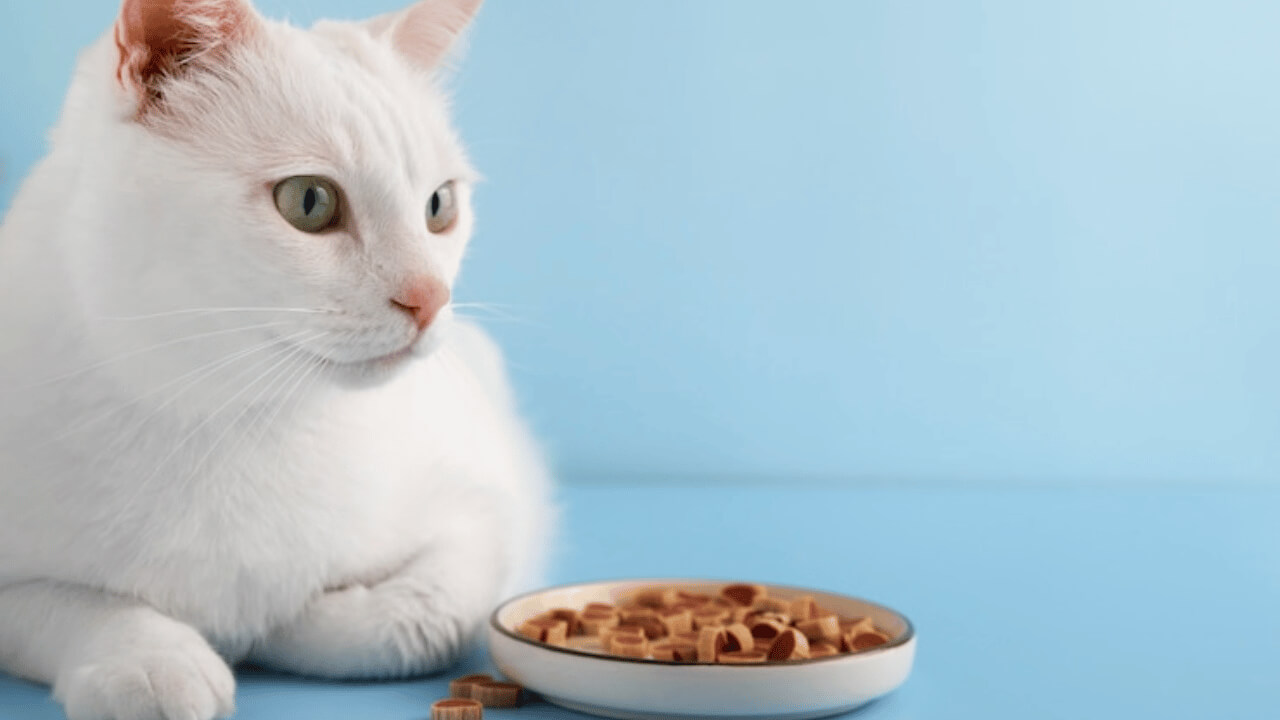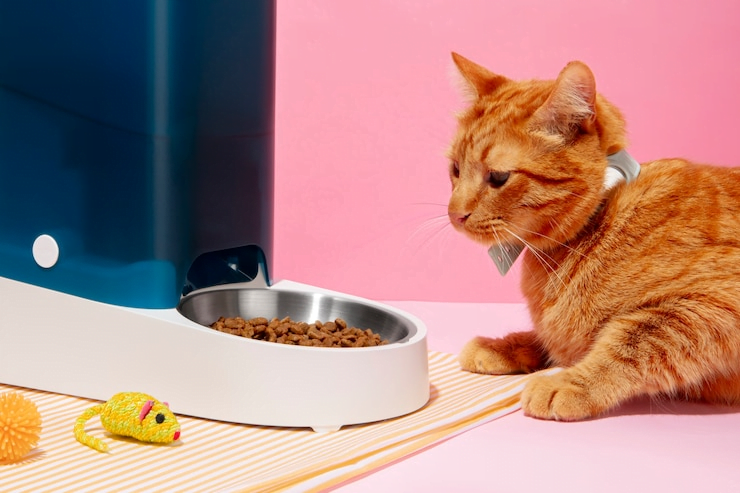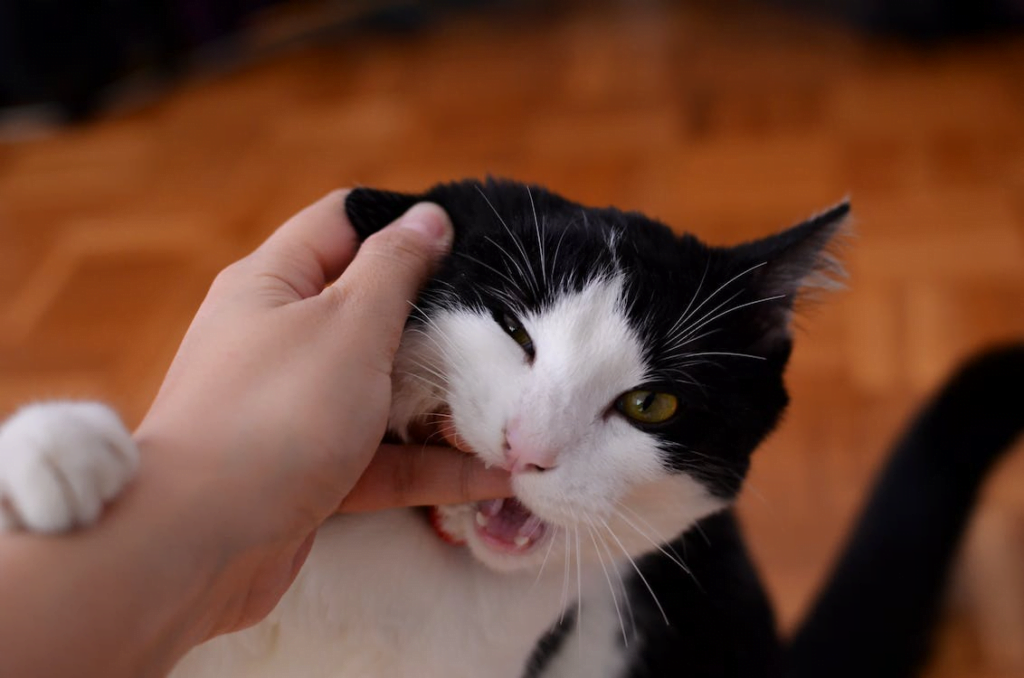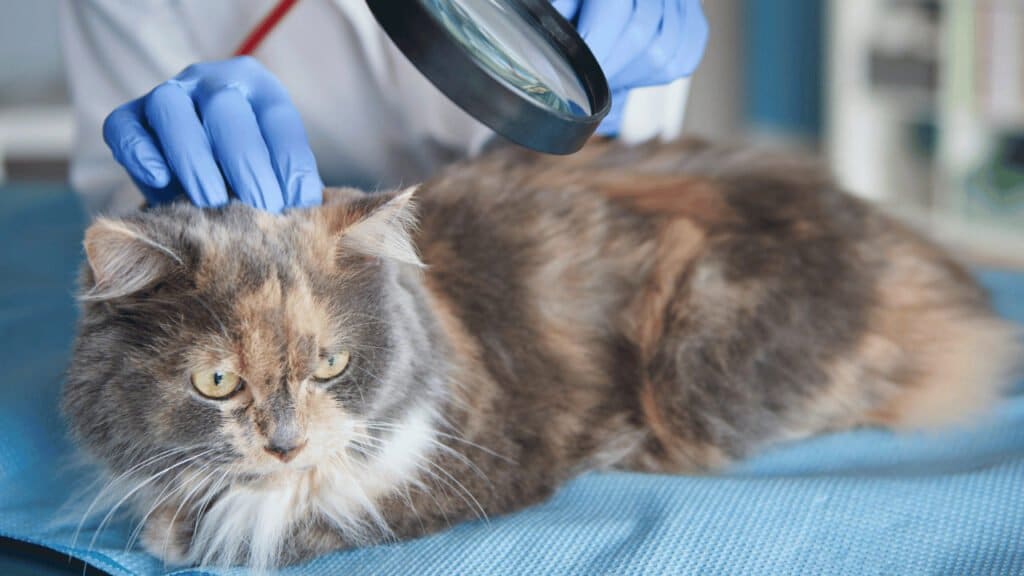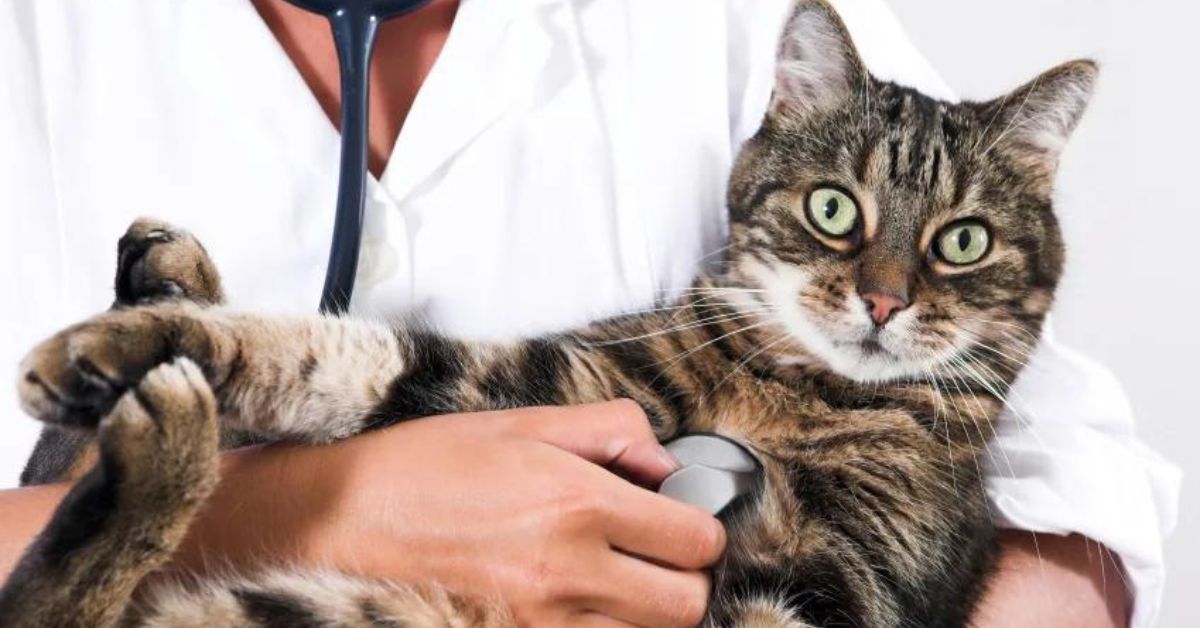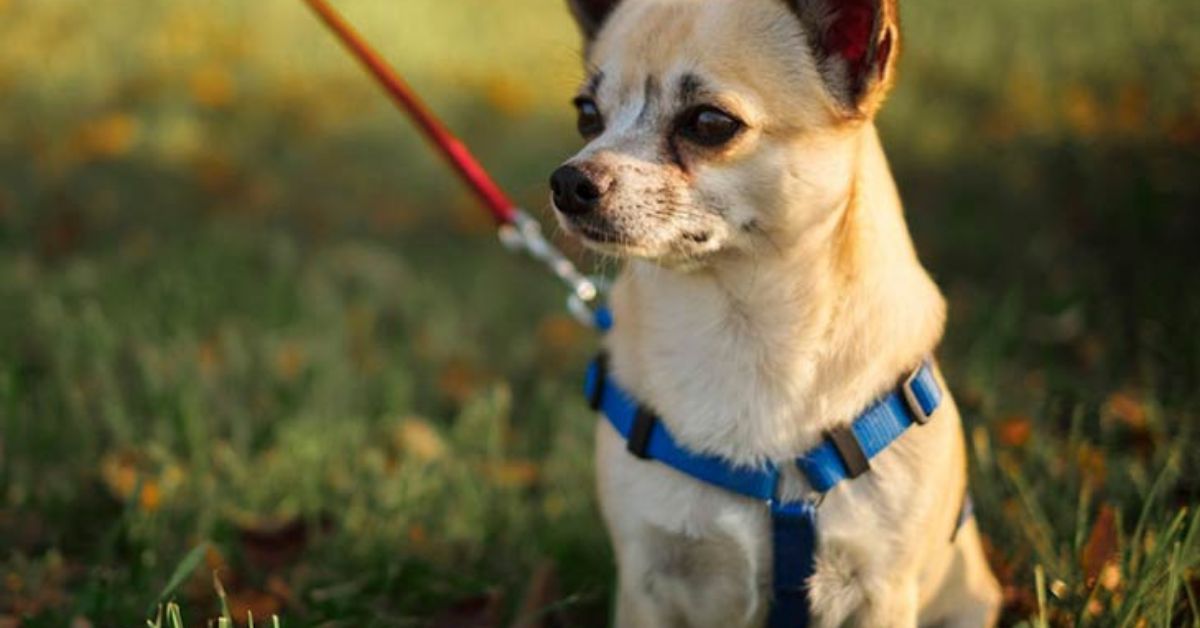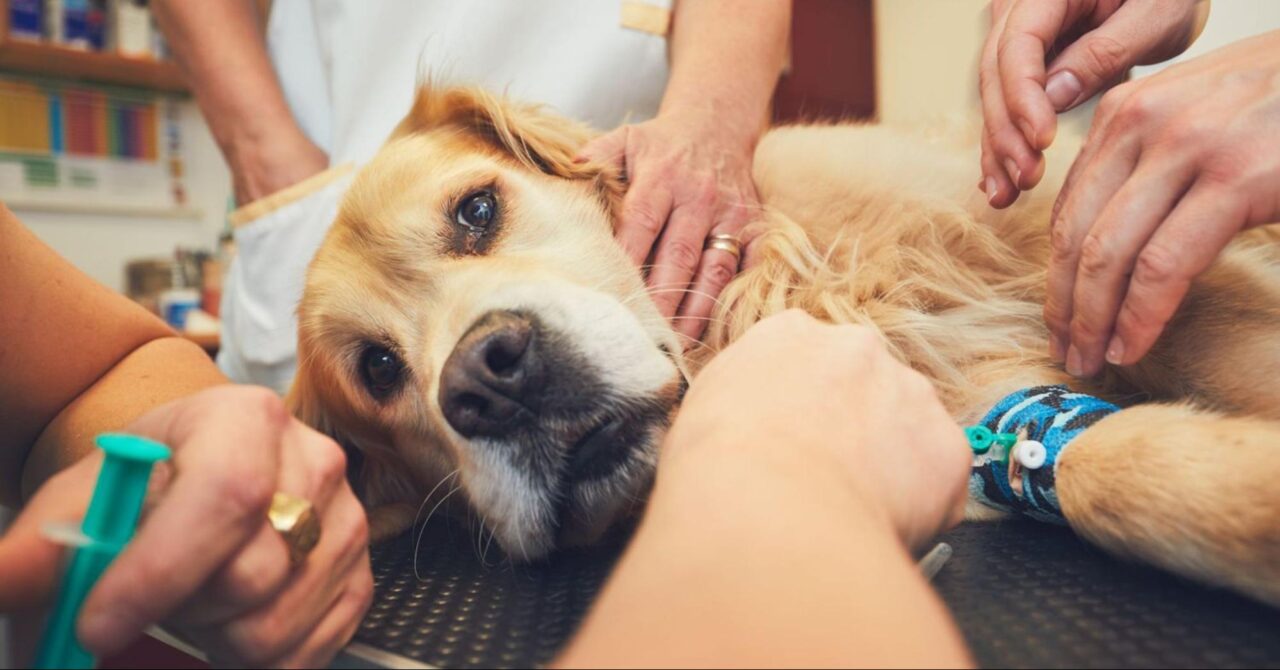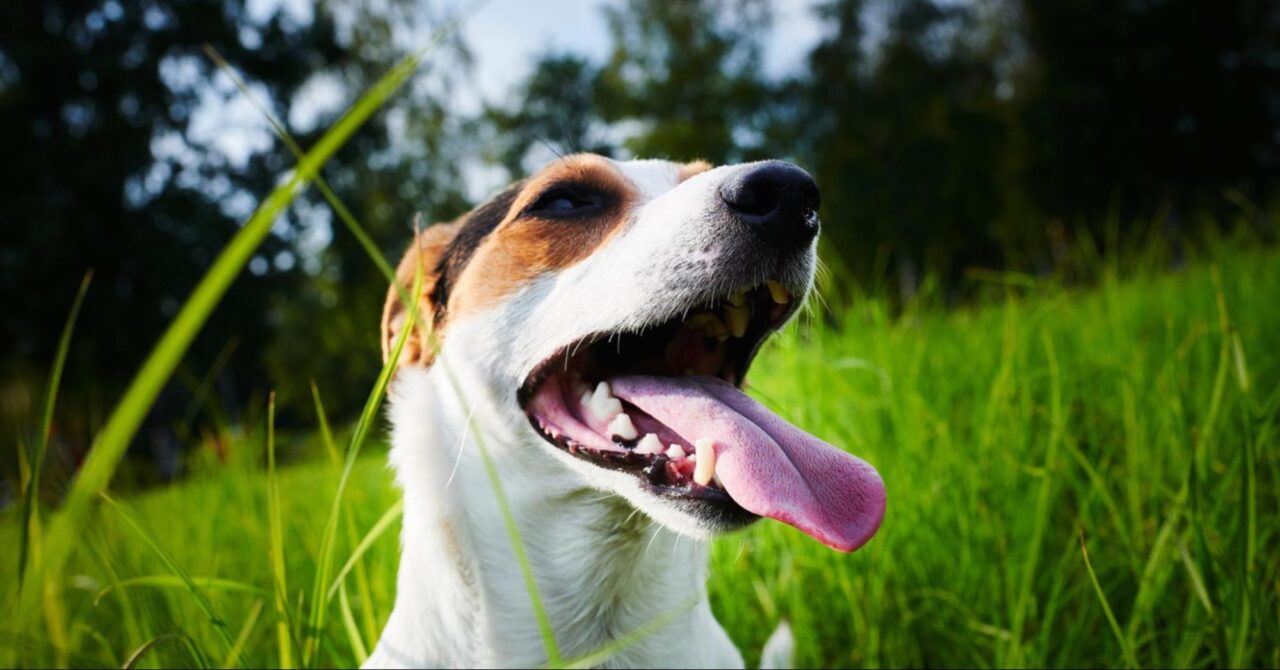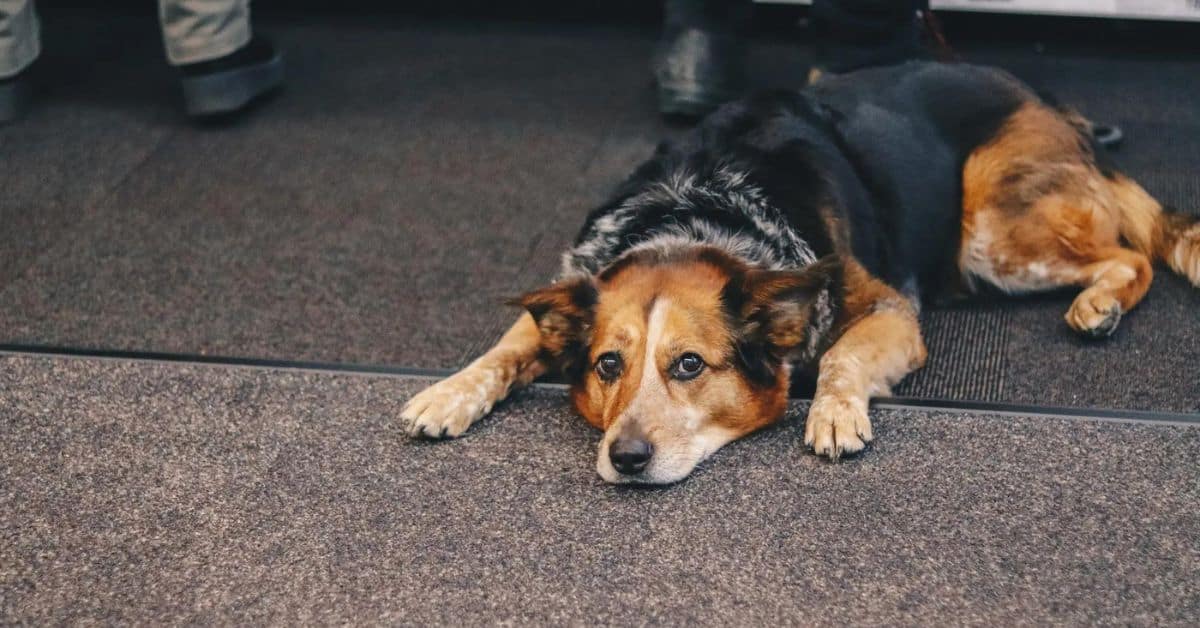Much like humans, cats commonly produce a mucus-like discharge from their eyes, often called “eye boogers.” Why Does My Cat Get Eye Boogers Everyday, This can be a daily occurrence and is usually not a cause for alarm. Several factors contribute to this phenomenon, ranging from benign to potentially severe.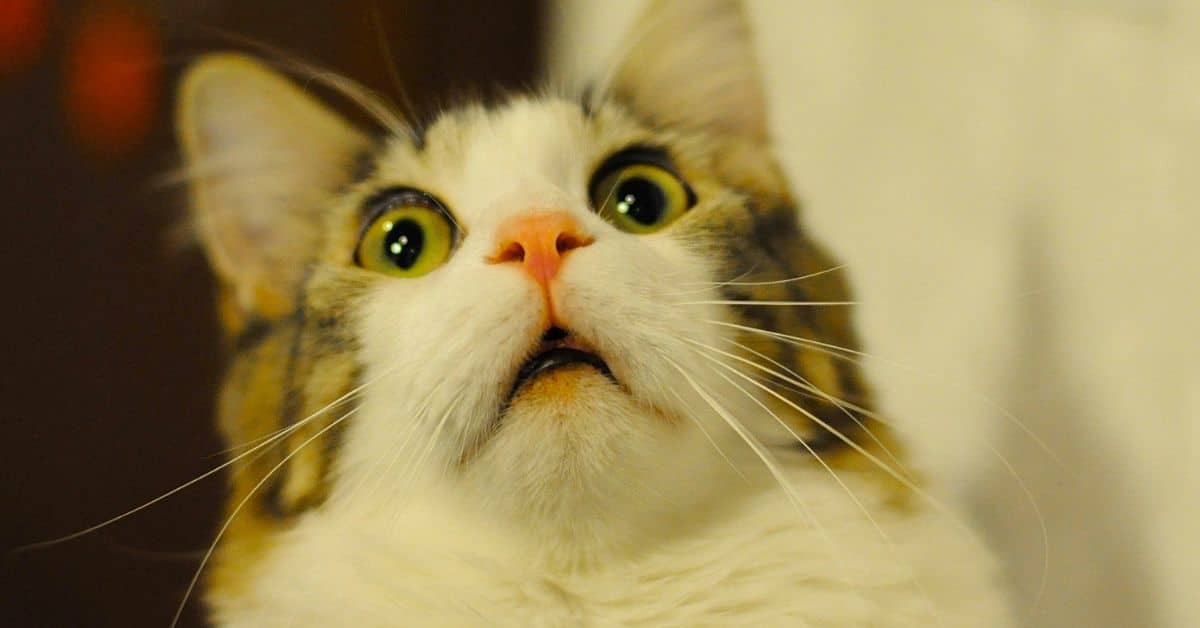
Environmental allergens, such as dust and pollen, can trigger a cat’s immune response, resulting in eye discharge. Additionally, the anatomy of certain breeds predisposes them to excessive tearing. Seasonal changes and varying humidity levels may also play a role. However, persistent or excessive eye boogers could indicate underlying health issues, such as infections, conjunctivitis, or blocked tear ducts.
Understanding the root causes of your cat’s eye discharge requires close observation and may necessitate veterinary consultation to ensure your feline friend’s eyes remain healthy and comfortable.
Why Does My Cat Get Eye Boogers Everyday?
Cats can develop eye discharge, commonly referred to as “eye boogers,” for various reasons:
- Allergies: Just like humans, cats can suffer from environmental allergies. Pollen, dust, or mold can cause irritation and excess tear production.
- Conjunctivitis: This is an inflammation of the conjunctiva, often caused by bacteria, viruses, or allergens. It can result in frequent eye discharge.
- Infections: Bacterial or viral infections, such as feline herpesvirus, can cause chronic eye issues.
- Blocked Tear Ducts: Tear ducts can get clogged or constricted, causing tears to overflow and form eye boogers.
- Breed Predisposition: Certain breeds, like Persians, are more prone to tear duct issues due to their facial structure.
- Foreign Bodies: Dust, debris, or tiny particles can irritate the eye, leading to discharge.
If your cat has persistent eye discharge, a vet visit is recommended to rule out severe conditions. Regular cleaning and monitoring are essential to keep your cat’s eyes healthy.
What Are Eye Boogers in Cats?
Eye boogers, or eye discharge, are a build-up of mucus, tears, or other debris around your cat’s eyes. This discharge can vary in color and consistency, ranging from clear and watery to thick and dark. While some levels of eye discharge are normal, excessive or colored discharge can indicate underlying health issues.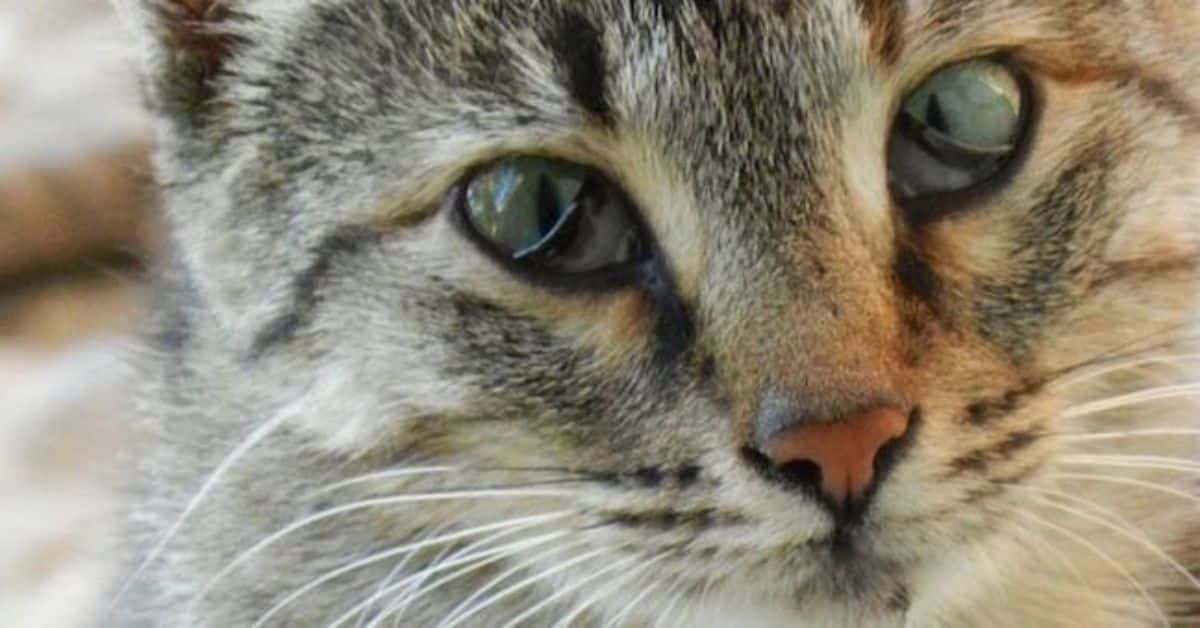
There are different types of eye discharge, each with its significance:
- Clear and Watery: Often a sign of allergies or irritants.
- Yellow or Green: This may indicate an infection that needs veterinary attention.
- Brown or Black Crust: Typically due to dried tears mixed with dust or other particles.
Understanding the type and cause of your cat’s eye discharge is crucial for proper treatment.
Common Reasons Why Cats Get Eye Boogers Every Day
There are various reasons for eye boogers in cats, and some are more common than others. Here are a few potential causes to consider:
Allergies
Just like humans, cats can suffer from allergies. Environmental factors like pollen, dust, or even certain cleaning products can cause your cat’s eyes to water, leading to eye discharge. If you notice seasonal patterns or specific triggers, it might be worth discussing with your vet.
Eye Infections
Eye infections, such as conjunctivitis or keratitis, are common culprits behind eye discharge. These infections can result from bacteria, viruses, or fungi. Symptoms often include redness, swelling, and colored discharge. It is crucial to get a vet to diagnose and treat the infection.
Environmental Factors
Environmental irritants like smoke, strong odors, or even a dusty environment can cause your cat’s eyes to produce excess tears. Reducing these irritants in your home can help minimize eye discharge.
Blocked Tear Ducts
Tear ducts drain tears from the eyes. When these ducts are blocked, tears accumulate and lead to eye discharge. This condition can be congenital or result from an infection or injury. Sometimes, a vet must flush the tear ducts to clear the blockage.
Eyelid Abnormalities
Certain breeds, especially those with flat faces like Persians, are prone to eyelid abnormalities. These abnormalities can cause tears to overflow or get trapped, leading to constant eye boogers. Surgical correction may be needed in severe cases.
When Are Eye Boogers Something to Worry About?
While occasional eye boogers in cats are generally harmless and can result from minor irritants like dust or loose fur, there are instances where they warrant concern. If you notice persistent or excessive discharge, mainly if it’s yellow, green, or bloody, this could indicate an infection, such as conjunctivitis, or other severe conditions like a corneal ulcer. Additional symptoms like redness, swelling, squinting, or frequent pawing at the eyes should also raise red flags.
Discharge accompanied by behavioral changes, such as lethargy or loss of appetite, further underscores the need for medical attention. Chronic eye issues may signal underlying health problems requiring prompt veterinary evaluation. Early intervention can help prevent more severe complications, ensuring your cat’s eyes—and overall health—remain in top condition.
What Causes Abnormal Eye Discharge in My Cat?
Abnormal eye discharge can stem from various issues, including: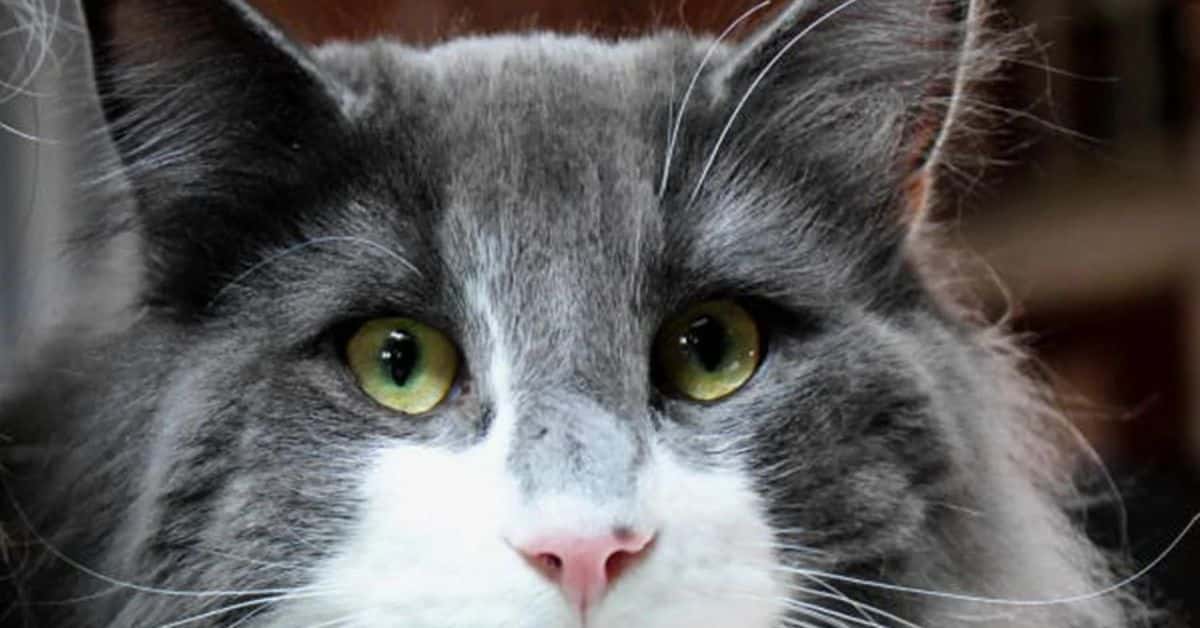
- Infections: Bacterial, viral, or fungal infections.
- Trauma: Injury to the eye can cause inflammation and discharge.
- Foreign Bodies: Dust, dirt, or other particles trapped in the eye.
- Systemic Illnesses: Conditions like feline herpesvirus can cause recurring eye issues.
Identifying the root cause is essential for effective treatment.
Cat Weepy Eye Home Remedies
While it’s always best to consult a vet for persistent eye issues, some home remedies can help manage mild cases of eye discharge:
- Regular Cleaning: Gently wipe away discharge with a damp cloth.
- Saline Solution: Use a vet-approved saline solution to rinse your cat’s eyes.
- Humidifier: Adding moisture to the air can help reduce eye irritation.
Always ensure that any home remedy is safe and vet-approved.
Why Does My Cat Have Eye Boogers?
Eye boogers in cats, also known as “eye discharge,” are the build-up of mucus, tears, oil, and dirt in the corners of their eyes. It is usual for cats to have a small amount of eye discharge; excessive or recurring eye boogers can be a sign of an underlying issue.
One of the main reasons your cat may have eye boogers every day is allergies. Like humans, cats can be allergic to environmental factors such as pollen, dust, mold, or certain foods. When your cat comes into contact with the allergen, their immune system reacts, producing more mucus and tears. This excess fluid can result in eye boogers.
How to Prevent and Manage Eye Boogers in Cats?
Eye boogers in cats, often a sign of eye discharge, can be both a cosmetic nuisance and an indicator of underlying health issues. Proper prevention and management are essential to maintain your cat’s eye health. Regular cleaning, infection monitoring, and timely veterinary consultations can help address and mitigate this common feline concern, ensuring your pet stays comfortable and healthy.
Regular Grooming and Eye Care Tips
Maintaining a regular grooming routine can help prevent eye discharge. Trimming the fur around the eyes can reduce irritation for long-haired cats. Check your cat’s eyes regularly for any signs of discharge and clean them as needed.
Home Remedies and Over-the-Counter Solutions
Over-the-counter solutions like eye wipes or saline drops can help manage the issue if your cat’s eye discharge is mild. However, always consult your vet before starting any new treatment to ensure it’s safe for your cat.
When to See a Veterinarian?
If your cat’s eye discharge persists, changes in color or consistency, or is accompanied by other symptoms like redness or swelling, it’s time to see the vet. Early intervention can prevent more severe issues down the line.
Conclusion
Why your cat gets eye boogers daily is the first step in ensuring its eye health. Regular grooming, monitoring for signs of infection, and knowing when to seek veterinary care can keep those pesky eye boogers at bay. Remember, proactive eye care keeps your cat comfortable and contributes to its overall health.
Do you have experiences or tips to share? We’d love to hear from you in the comments. Remember to consult with our expert veterinarians if you have any concerns about your cat’s eye health.
FAQ
Is it normal for cats to always have eye boogers?
First, it’s essential to understand that cat eye discharge, also known as ocular discharge, is not unusual. Cats’ eyes have a self-cleaning mechanism, just like people’s. On the other hand, heavy, persistent, or unusual ocular discharge may indicate a more serious medical condition.
Should I pick my cat’s boogers?
If your cat starts to have a runny nose, take him to the doctor for an examination. It is crucial to find the root cause and rule out any significant issues. At home, gently remove nasal discharge and crusts that cover your nostrils with a warm cloth.
What color should cat eye boogers be?
Clear or hazy secretions may be seen in various hues, from yellowish to green to even brown. An occasional snot in the eye is not a big deal, but persistently wet or goopy eyes must be sent to the vet. “Generally speaking, neither eye should ever discharge,” explains Dr.
How can I treat my cat’s eye discharge at home?
Immerse a cotton ball in water. Always wipe the eye discharge outward, starting from the corner of the eye. Apply a clean cotton ball to every eye. Only use over-the-counter shampoos or drops if prescribed by your veterinarian.

